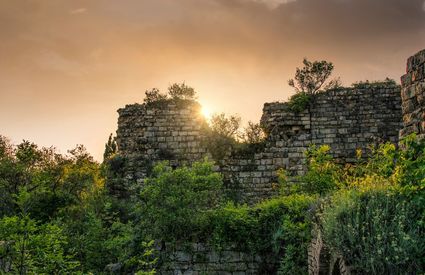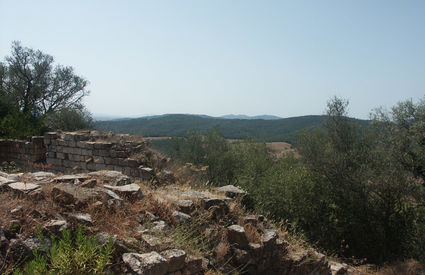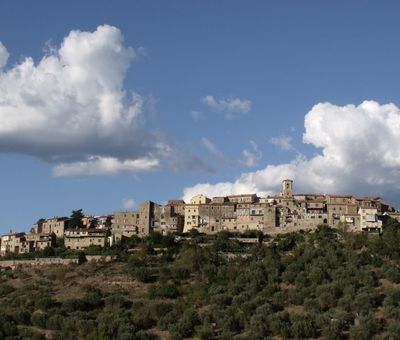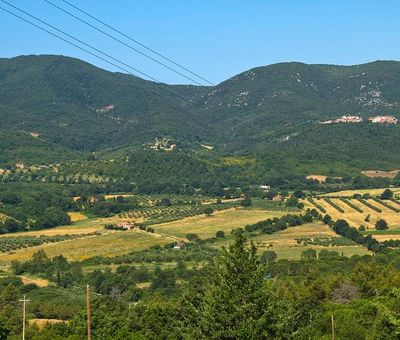“Remember me, for I am Pia from Siena, Maremma undid me”
Pia de’ Tolomei is one of the most famous female figures in Dante’s “Divine Comedy”. But we know very little about her in the history books. We don’t know if she was beautiful or not, if she was well educated, if she loved her husband or if the marriage was a political union. Dante tells us her story. In “Purgatory”, Pia appears among those killed by violent means. She calls out to the visitor with a subdued tone and no thoughts of vendetta. All she wants is to be remembered by the living. “When you return to the world, and have rested after the long journey,” Pia reminds the poet “remember me, for I am Pia from Siena, Maremma undid me.” And then she accuses her husband: “Salsi colui che 'nnanellata pria / disposando m'avea con la sua gemma”. He knows all too well the man who gave me his ring.
Yesterday’s heroine has become today’s icon
The remains of Gavorrano that stand out in the metal-bearing hills have inspired poets and artists down the centuries. Pia’s story still moves us today. We wonder how many times Gianna Nannini visited Castel di Pietra to write her song dedicated to Pia de’ Tolomei. Both women are from Siena, and both are rebels. It seems inevitable that the singer-songwriter felt the need to give Pia a voice.
The woman’s story, an icon of violence against women, fascinated the singer so much that in 2007 she dedicated not only a song, but an entire rock album to Pia. Nannini succeeded in turning the historical figure handed down by Dante into a pop heroine, even taking her to Sanremo for the music festival. The record’s called “Pia a modo mio” (Pia, my way). The songs on the album were written in collaboration with a Tuscan scholar, who passed away, who was also called Pia, Pia Pera. “Dolente Pia innocente è prigioniera / col capo chino / la fronte al seno / pensa a quei giorni del passato / Ricordi in fior” (Sorrowful Pia, innocent, she’s a prisoner / her head bowed / brow on breast / she thinks of those past days / Memories in flower).







